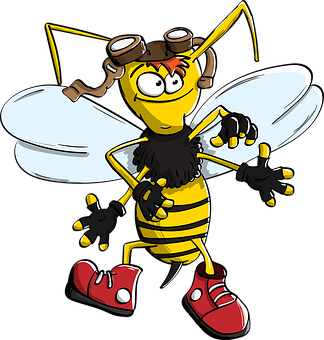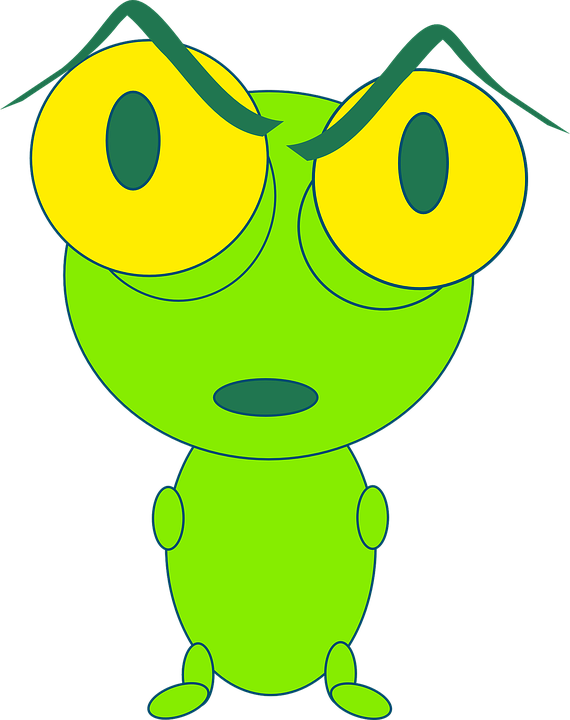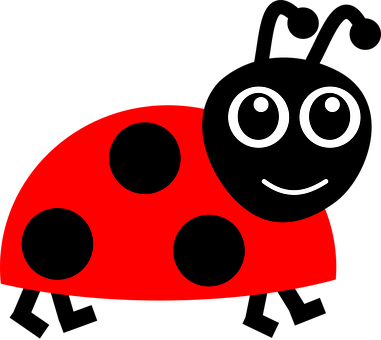A quick knockdown with this insecticide

Garden insects good or bad
Before we go into detail about Bacillus thuringinsis we will be taking a short trip into the insect world. The insect world is so vast, there are trillions of them upon the planet that affects our lives in so many ways. What we will be discussing are two types of insects that are found in our home gardens. Many garden insect pests pose a threat to our garden and landscaping plants, whether a home garden or the more exotic garden which are the upscale gardens that were created for public viewing.
We have such a garden like this that is known as the botanical garden which gets many visitors each year as persons check out the many plant species that grace this garden area along with enjoying the entertainment and native dishes that is prepared. Apart from us enjoying our garden plants there are many insects that also enjoy our plants not that they want to sit back and admire their beauty but rather to make a meal out of them causing nothing but death and destruction.
It doesn’t matter the type of garden whether a flower garden, herb garden, vegetable garden, growing fruit trees, etc… these garden insect pests will destroy our gardens making it a graveyard which is not good. Nothing is more frustrating than to have done all of that hard work only to see our healthy plants deteriorating.
The good news, however, is that besides these garden insect pests there is another group of bugs that are present to ensure that our garden plants are safe and growing healthy at all times where we can continue to enjoy our plants allowing us to reap a good harvest. These insects are known as good bugs or beneficial insects. Below we will discuss in short both bug types.
The bad bugs
The bad bugs are known as garden insect pests, these insect pests cause damage by either eating parts of the plant and in some cases when it comes to the smaller luscious plant they will eat the entire plant. Then there are the sucking insects which have piercing-sucking mouth parts that suck the fluids or juice from garden plants. Many of these insects’ saliva contains viruses that will cause the plants to become sickly some of these garden pests include.

- Mealybugs
- Whiteflies
- Grasshoppers
- Snails
- Slugs
- Aphids
- Thrips
- Scales
- Beetles
The good bugs

- The honeybee doesn’t feed on the bad bugs but rather produces honey that is a great benefit to us
- The mealybug destroyer
- The praying mantis
- The ladybug
- The lacewings
- The damsel bug
- Parasitic Wasp
- Assassin Bug
The good the bad and the ugly
These are the good, the bad, and the ugly that can be found in our gardens and landscapes. With that said let’s take a closer look at a particular chemical that has been around for some time and is widely used because of its effect that it has on bad bugs.
Bacillus Thuringiensis
Over the years I have mention Bacillus thuringiensis in many of my posts and have decided to write an article on this chemical. I have also written articles on neem oil, horticultural oils, and insecticidal soap which you can review by clicking these links. What is Bacillus thuringiensuis and how does it work? I am so happy that you asked.
What is Bacillus thuringiense?
Bacillus thuringiense is a biological insecticide that is known as a bacterium that is produced from soil-borne microbes (bacteria). The spores that give the chemicals its persistence have also been noted that the protein endotoxin crystal within the spores makes it highly toxic to targeted insect pests.
How does Bacillus thuringiense work?
In order for Bt to work the insects must ingest this chemical, once the chemical is swallowed or ingested it is activated, what happens next is Bt breaks down the insects’ internal organs. The poison that is released causes the insect to stop feeding. Infection and starvation sets in and in a matter of several days the insect will die.
Host insects
Some of the insects which are targeted by Bt are cabbage loppers, tent caterpillars, moths, tomato, hornworm, gypsy, beetles, black flies, mosquitoes, etc…
Forms of Bt
Bt comes in either dust, sprays, pellets, or granules.
Where to use Bt?
Bt can be used on ornament plants and crops.
Additional information
1. There are many types of Bacillus thuringiense each targets different insect groups.
2. Bt is broken down in acidic soils and the sunlight.
3. Bt has been around from early as the 1950s.
4. Bt is non-toxic to birds and shrimps.
5. One report has it that “Bt is highly toxic to the honeybee”.
6. There is no soil leaching with Bt, Bt remains in the first top inches of the soil.
Caution
Before using this product read and follow the manufacturer’s label because the label is the law.
The final word
Bacillus thuringiensis has proven that it can get the job done, this is a great product which can help to bring garden insect pest under control. It has also been reported that Bt is used widely in the agricultural field. No human health hazard from using Bt has been reported, Bt has also been used near rivers and lakes and is not a threat to wildlife. I believe that a product like this is worth the investment so if you are in the market for a product of this nature then Bt is the product for you.
About the author
Norman loves being in the garden, both at home and for his job....
he is 'Natures Little helper' being outdoors, growing his vegetables and flowers from an early age.
Now having spent over 22 years in the profession he want to give some of his knowledge to others...
his vast array of hints and tips you will find scattered over this site will help you no end growing plants in your garden.
